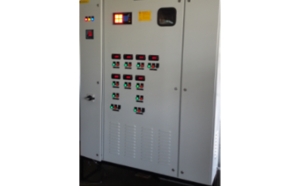

The Engineers’ Engineer
--!>
Ring spinning is the oldest and most established spinning system. It is based on the very first yarn spinning methods ever employed and continues to be quite popular to this day. While it has changed little in principle, new ring spinning machines are a far cry from the earliest versions. Production rates are still low when compared to rotor, or open-end, and air-jet systems but the yarn quality is still the benchmark for even these newest, high-production systems. The ring spinning system still enjoys the widest possible yarn count range and excels at producing very fine counts. The hand (softness) of ring-spun yarn-produced fabrics is judged to be second to none.
The ring spinning process is quite simple. The roving is the input for the process and passes through a basic, and usually 3 roll, drafting system. After drafting, the fiber is twisted into a yarn structure by a whirling spindle, which has a removable bobbin on it. The winding of the yarn onto the bobbin takes place due to the traveler and ring combination. Thus the term ring spinning.
Ring spinning requires a subsequent winding step. That is, the full bobbins must be wound onto a cone or cheese to create a much larger package that is then usable for weaving or knitting. These additional steps of roving and winding, combined with the slow production rate (when compared to rotor and air-jet), are the primary reasons for the higher cost differences for ring-spun yarn.
